Camera That Allegedly Took Photos of Fairies Analyzed by CT Scanner
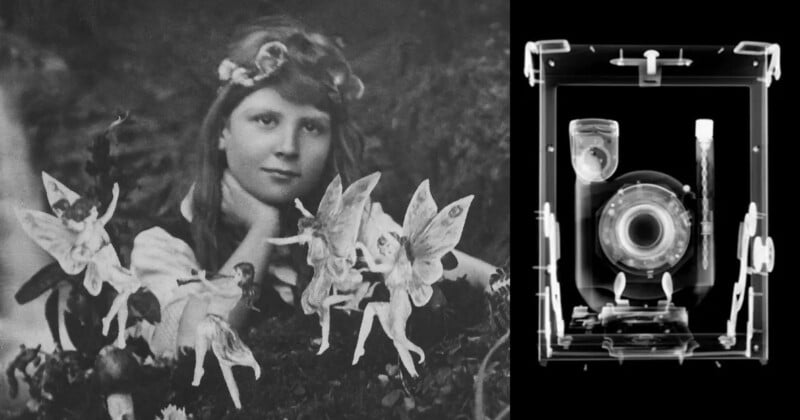
A camera at the center of the famous Cottingley Fairies photo hoax has been analyzed by new scanning technology.
The quarter-plate “Midg” camera that belonged to cousins Elsie Wright (then 16 years old) and Frances Griffiths (then 9) was used to photograph “fairies” in an area of northern England in 1917.
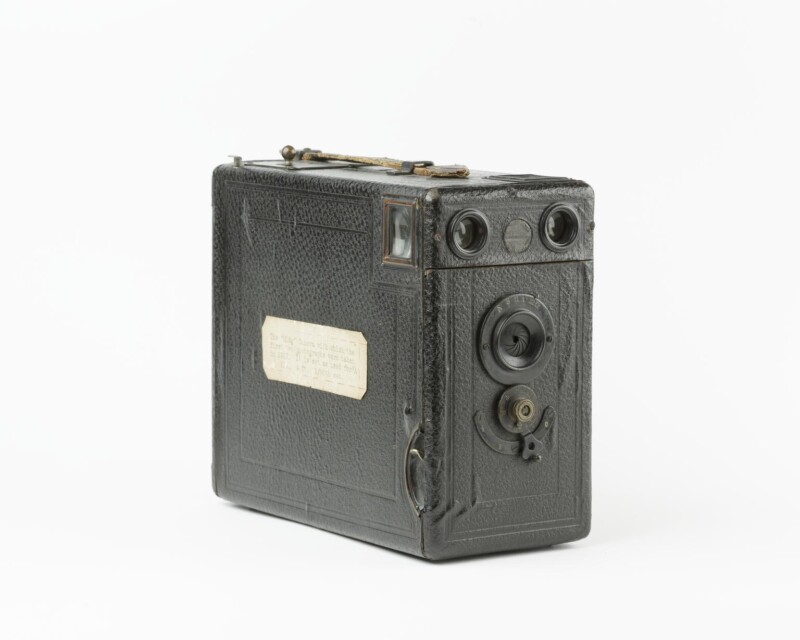
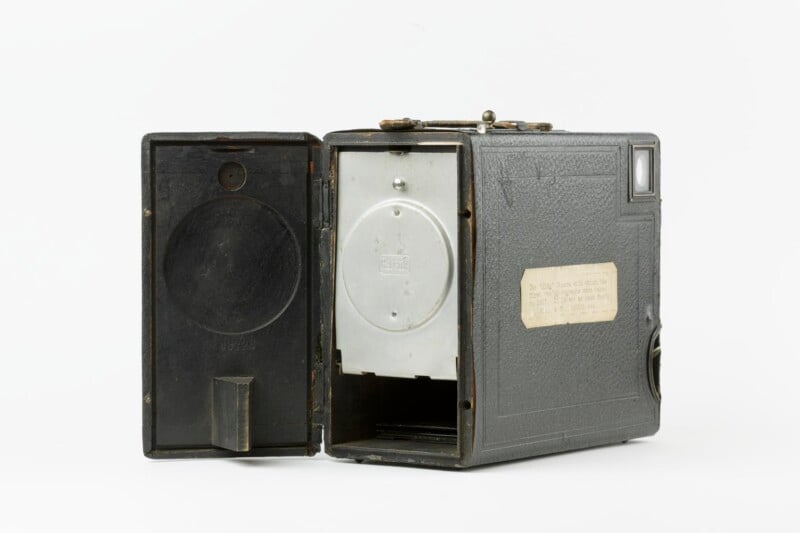
Although there was widespread skepticism about the photos, Sir Arthur Conan Doyle, creator of Sherlock Holmes, believed they were real which prompted great public interest.
However in a 1983 interview, Wright and Griffiths finally acknowledged they faked the photographs — admitting they used paper cutouts of fairies copied from a popular children’s book which they supported with hatpins.
![]()
Fast-forward to 2024, and the U.K.’s National Science and Media Museum, which holds the camera, decided to put the cameras through state-of-the-art CT scanners — just in case there are fairies living inside.
Collaborating with the University of Bradford, the team used a MetroTom 1500 micro CT and NewTom CBCT (cone Beam CT) to resolve detail up to seven microns (about the width of a strand of spider silk).
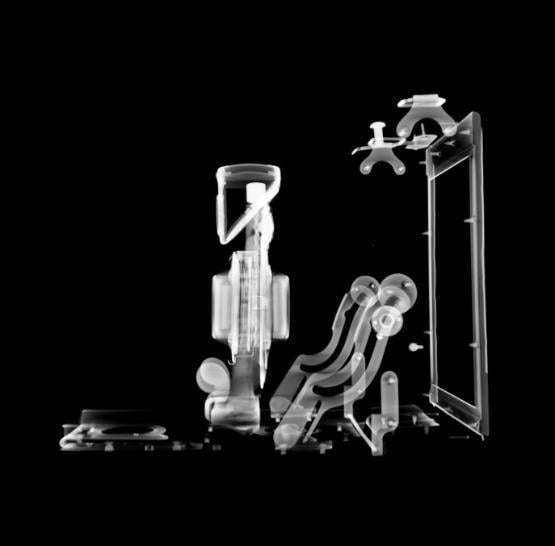
These scanners have the ability to see inside physical objects, removing the need to dissemble a camera.
As well as the quarter-plate “Midg” — a folding box camera that shoots on a 3.25 x 4.25 inches (83 x 108 mm) plate — the team also analyzed a second quarter-pate camera which was gifted to the girls by Sir Arthur Conan Doyle.
Were There Any Fairies Inside?
Professor Andrew Wilson from the University of Bradford says that although the scan did not show any fairies — they still found a bit of magic.
“It demonstrates how we’re able to use the latest imaging technology to look inside everyday objects, to see things that would otherwise be hidden,” says Professor Wilson.
“These new scans allow us to see the hidden workings of the cameras and the magic that sits behind them.”
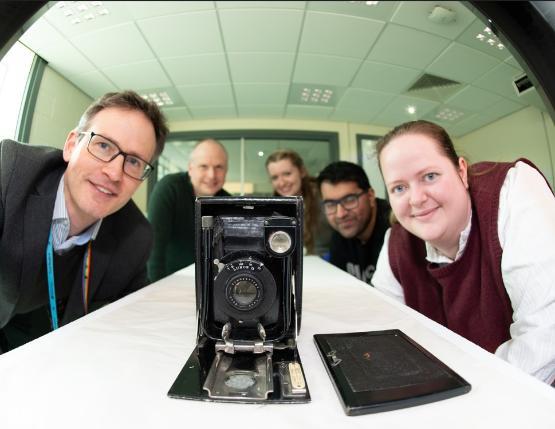
“The Cottingley fairy cameras show how ordinary people can achieve extraordinary things when coupled with skill and playful creativity,” adds Ruth Quinn, Curator of Photography and Photographic Processes at the National Science and Media Museum.
“Through scanning these objects, we can show the inner workings of how analog photography works – and the materials which go into making a camera.”